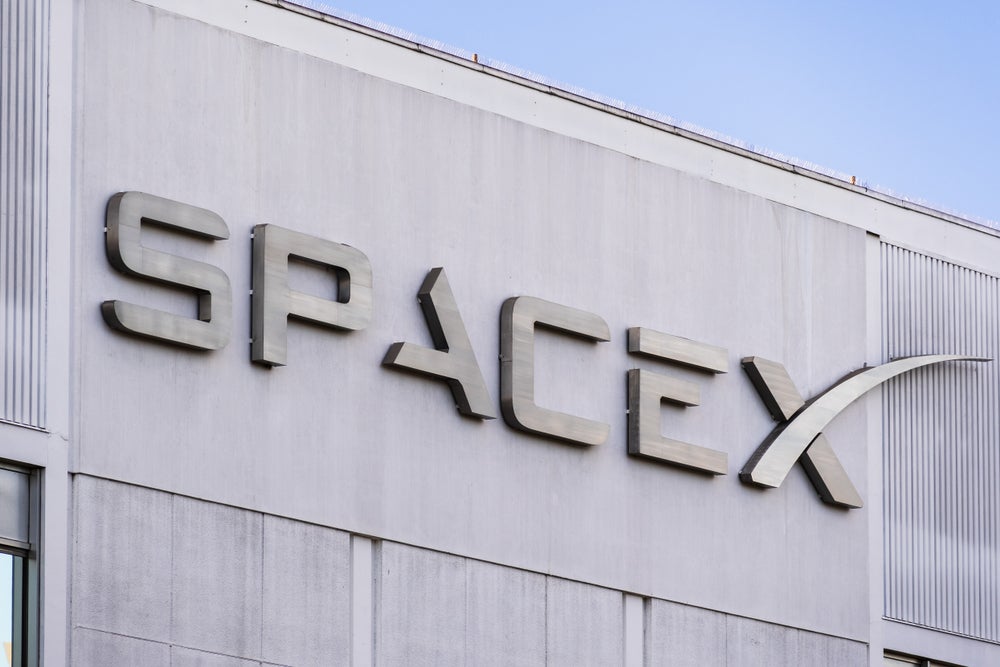SpaceX CEO Elon Musk said on Friday that its Dragon spacecraft will take humans farther in space than they have been in over half a century this year, hinting at a space mission to venture beyond low-Earth orbit (LEO).
What Happened: The last time humans set foot on the Moon was in 1972 with Apollo 17. Since then, no crew has traveled beyond LEO.
However, Musk on Friday hinted that SpaceX might undertake a journey beyond LEO this year and wrote, “This year, the SpaceX Dragon spaceship will take astronauts the furthest they’ve been from Earth in over half a century.”
Why It Matters: The Dragon spacecraft, capable of carrying up to 7 passengers, has made 40 visits to the International Space Station (ISS) thus far. It is, however, capable of going beyond the ISS to the Moon, according to SpaceX.
SpaceX’s Starship launch vehicle, meanwhile, should be able to make it to the moon in less than 5 years, Musk said, while not providing a fresh timeline for his dreams to land humans on Earth’s neighboring planet Mars.
In December 2023, Musk expressed hopes of getting to Mars in ten years.
NASA is currently relying on the success of Starship to land humans on the moon in the next few years under its Artemis program. The agency expects to land Americans back on the Moon no earlier than September 2026 with the Artemis III mission.
SpaceX’s Starship is touted to be the world’s most powerful launch vehicle, capable of carrying up to 250 metric tonnes. It is fully reusable, powered by methane-oxygen staged combustion engines, and capable of carrying up to 100 people on long-duration interplanetary flights.
SpaceX has attempted two flight tests of its Starship thus far. During the first flight in April, the rocket exploded in less than four minutes after take-off.
Starship’s second liftoff on Nov. 18 saw successful stage separation, but the booster experienced an explosion shortly afterward. The spacecraft lost contact with SpaceX after reaching an altitude of nearly 150 kilometers, failing to complete the test launch’s goal of a round-trip flight to space with a splashdown in the Pacific Ocean.
Check out more of Benzinga’s Future Of Mobility coverage by following this link.
Read Next: Rivian Pauses Deliveries In Canada, Plans To Resolve Non-Compliance With OTA Update
Photo by Sundry Photography on Shutterstock
Image and article originally from www.benzinga.com. Read the original article here.

